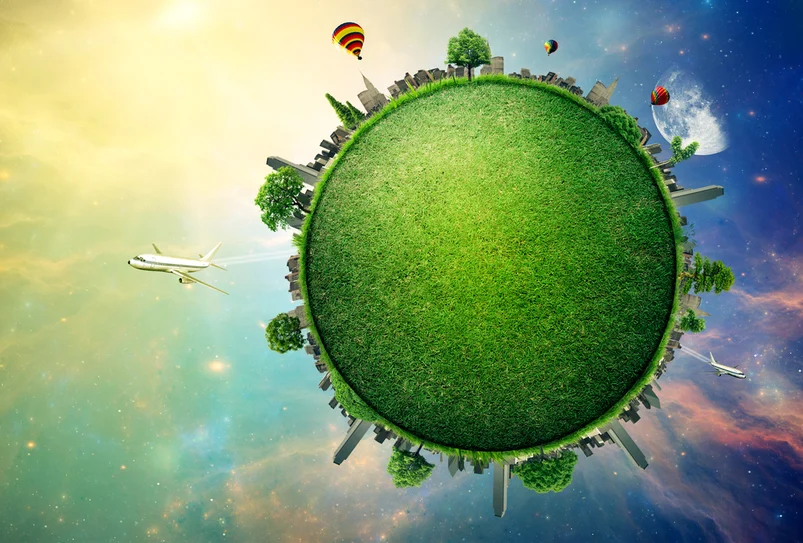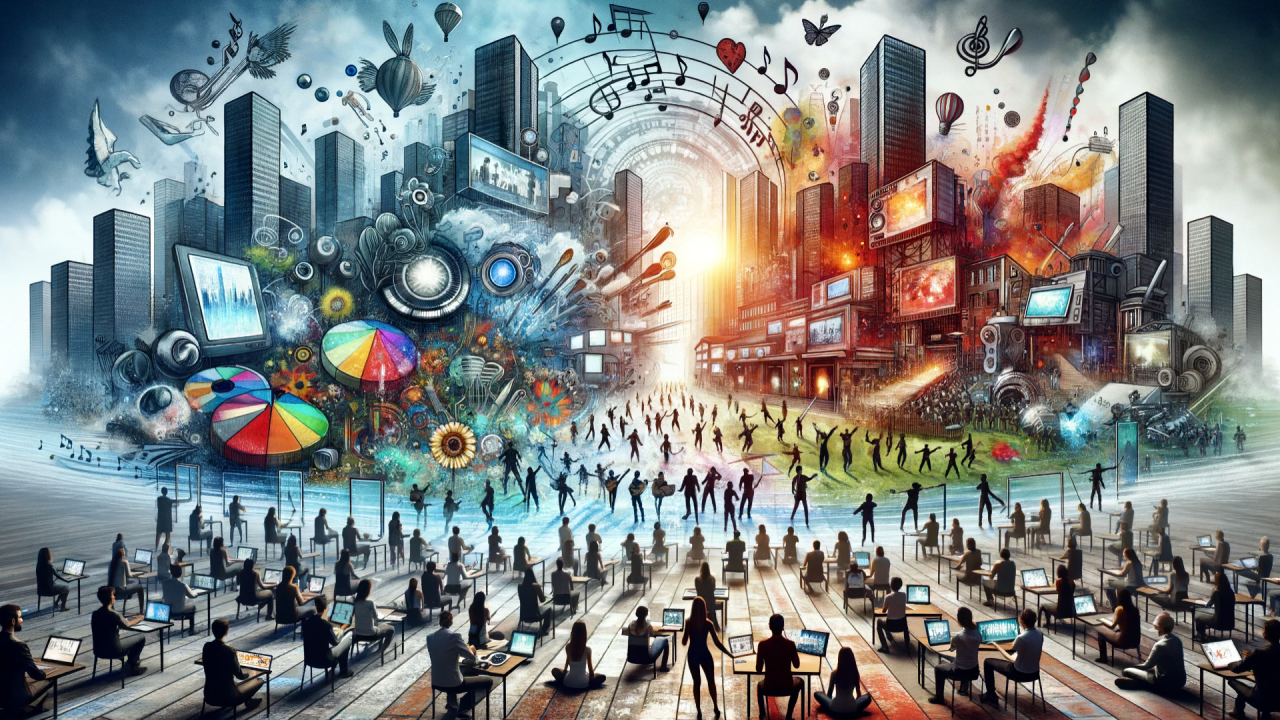Blog Detail
Circular Economy Explained: Why It Could Save the Planet

Circular Economy Explained: Why It Could Save the Planet
The ever-increasing pressures of climate change, dwindling natural resources, and environmental degradation have pushed us into a critical juncture. Traditional linear economic models—where products are made, used, and disposed of—are proving unsustainable. Enter the circular economy: a transformative approach that not only aims to minimize waste but also fosters sustainable practices and creates resilient economies. This blog post explores the true essence of the circular economy, why it matters, and how it could be the key to saving our planet.
Understanding the Circular Economy
At its core, the circular economy presents a paradigm shift from the traditional "take-make-dispose" model. It emphasizes the closing of resource loops through greater resource efficiency, reduced waste, and responsible consumption. Instead of viewing waste as a byproduct to be disposed of, a circular economy sees it as a valuable resource to be reused and repurposed.
This system incorporates three main principles:
- Design for Longevity: Products are designed with durability in mind, extending their life cycle and reducing the need for continual replacement. For example, companies like Patagonia advocate for repairing rather than discarding clothing.
- Maintain and Repair: This principle encourages regular maintenance and repair of products. By creating a culture that values fixing rather than throwing away, we can significantly cut back on waste.
- Recycle and Reuse: Materials are reclaimed at the end of a product's life, turning them back into raw materials. Businesses can utilize recycled materials in their production processes to minimize resource extraction.
The Environmental Impact of a Circular Economy
The transition to a circular economy holds the potential to vastly alleviate environmental strains. With waste production at alarming rates globally, implementing circular principles can significantly reduce landfill contributions. For instance, according to the World Economic Forum, if we can shift to a circular model, we could reduce greenhouse gas emissions by up to 70% by 2030.
One notable example of these benefits can be seen in the electronics industry, where e-waste has become a global challenge. In a circular economy, electronics would be designed for easy disassembly and the recovery of valuable materials. Companies like Dell are already taking steps in this direction, using recycled plastics in their new products, ultimately reducing their carbon footprint.
Moreover, a circular economy promotes biodiversity. By minimizing the extraction of raw materials and reducing pollution, ecosystems have the opportunity to thrive, enabling our planet's natural processes to continue unabated. Protecting our biodiversity is essential—not only for the health of our planet but also for maintaining the viability of agriculture, fisheries, and economic stability.
Economic Opportunities in a Circular Economy
Not only is the circular economy beneficial for the environment, but it also opens avenues for economic growth. Implementing circular practices can lead to the development of new industries, job creation, and increased innovation.
For instance, businesses that pivot towards circularity often find they can save costs by reducing raw material usage and optimizing product designs. A study by Accenture indicated that transitioning to a circular economy could create 700,000 jobs in the European Union alone by 2030.
Additionally, businesses that embrace circular economy principles can enjoy a competitive edge. Consumers are increasingly gravitating towards brands that align with their values, especially regarding sustainability. Companies like IKEA and Unilever have redefined their business models to not only meet consumer demand but also to demonstrate their commitment to corporate social responsibility.
Conclusion
In summary, the circular economy offers a robust framework for addressing some of the most pressing issues facing our planet today. By promoting sustainable practices that prioritize reusing, repairing, and recycling, we can drastically reduce waste, conserve ecosystems, and drive economic growth. Transitioning to this model requires a collective effort from governments, businesses, and individuals, but the potential benefits for our planet and future generations are immense.
As we stand at this critical crossroads, embracing the circular economy could be one of the most effective ways to safeguard our environment. The time to act is now—let’s make the shift towards a sustainable, circular future while there’s still time.

Author: Laura Martinez


